Showing 25–36 of 39 results
-
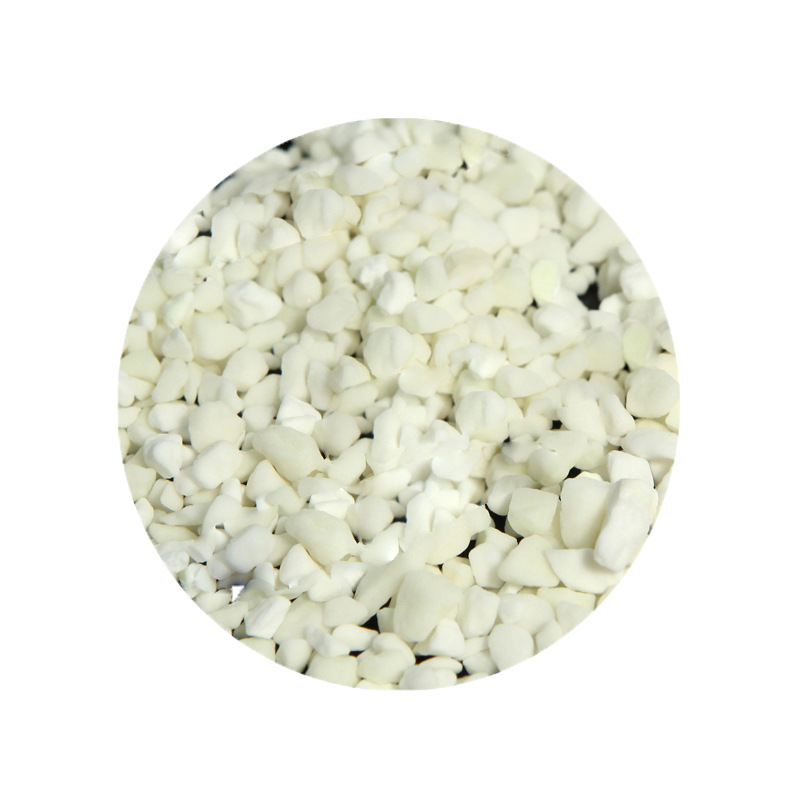
- High Optical Transparency: MoO₃ is transparent in the visible spectrum and is often used in optoelectronic devices that require high transparency and conductivity.
- Excellent Electrical Conductivity: MoO₃ is often used to improve charge injection in electronic devices, particularly in organic electronic applications.
- Thermal Stability: It has a high melting point (~795°C), making it suitable for high-temperature evaporation processes.
- Chemical Properties: MoO₃ is known for its oxidation properties, making it useful in catalysis and other chemical applications.
- Layer Uniformity: When used in deposition processes, MoO₃ can form highly uniform thin films with excellent adhesion properties.
-
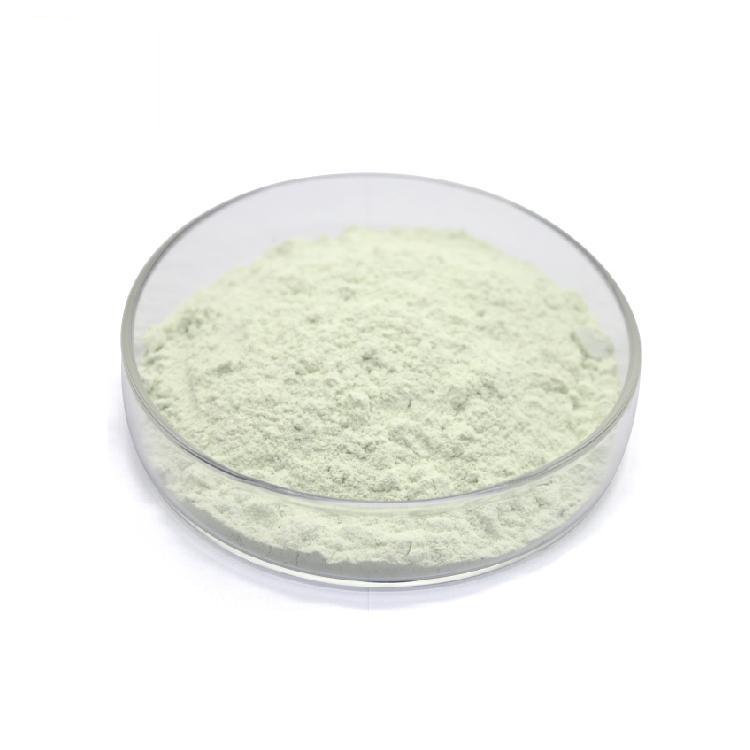
- High Purity: Ensures reliable performance in sensitive applications.
- Thermal Stability: Withstands high-temperature environments.
- Oxidizing Agent: Ideal for catalytic and chemical synthesis.
- Semiconducting Properties: Applicable in electronic devices.
- Customizable Particle Sizes: Nano to micrometer scales available.
- Excellent Optical Transparency: Suitable for optical coatings and devices.
-

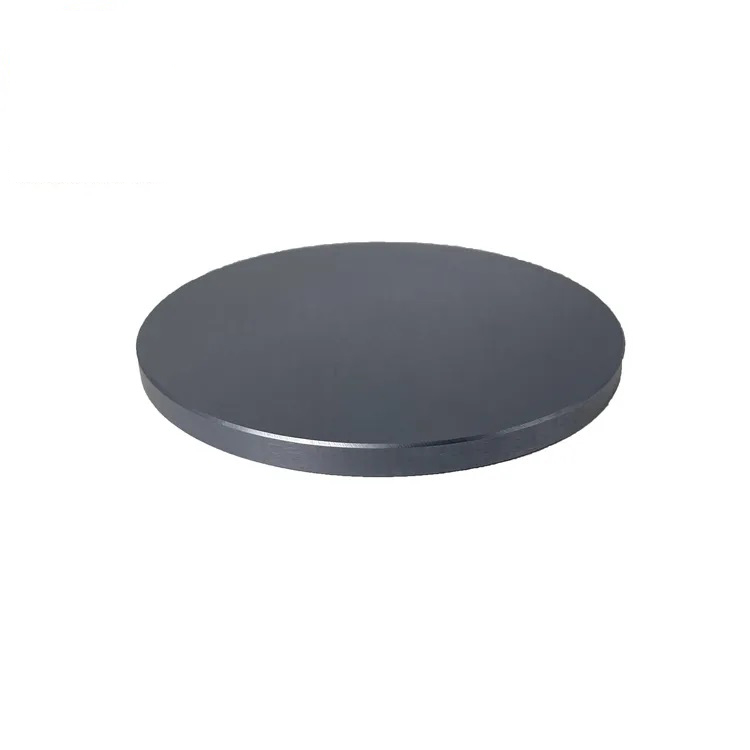
- High Work Function: MoO₃ is known for its high work function, which makes it ideal for applications requiring efficient charge injection or extraction, such as OLEDs and OPVs.
- Excellent Catalytic Properties: MoO₃ is a robust catalyst, especially in oxidation reactions, making it suitable for industrial chemical processes and catalytic thin films.
- Electrochromic Behavior: MoO₃’s ability to undergo reversible oxidation-reduction reactions makes it ideal for use in electrochromic devices.
- Optical Transparency: MoO₃ thin films can be transparent in the visible and near-infrared regions, which is beneficial for optoelectronic devices requiring transparent electrodes or coatings.
-
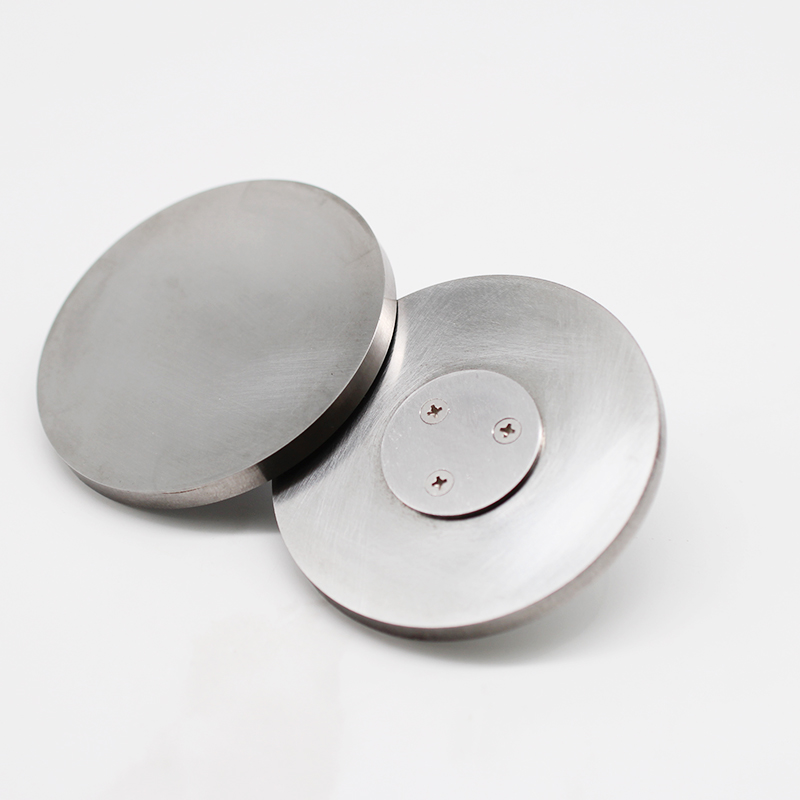
- High Thermal Stability: Performs exceptionally well in extreme temperature environments.
- Enhanced Ductility: Improved mechanical performance over pure molybdenum.
- Excellent Conductivity: Ensures reliable electrical and thermal performance.
- Customizable Options: Tailored to meet the specific requirements of various deposition systems.
- Corrosion Resistance: Long-lasting performance in aggressive environments.
-
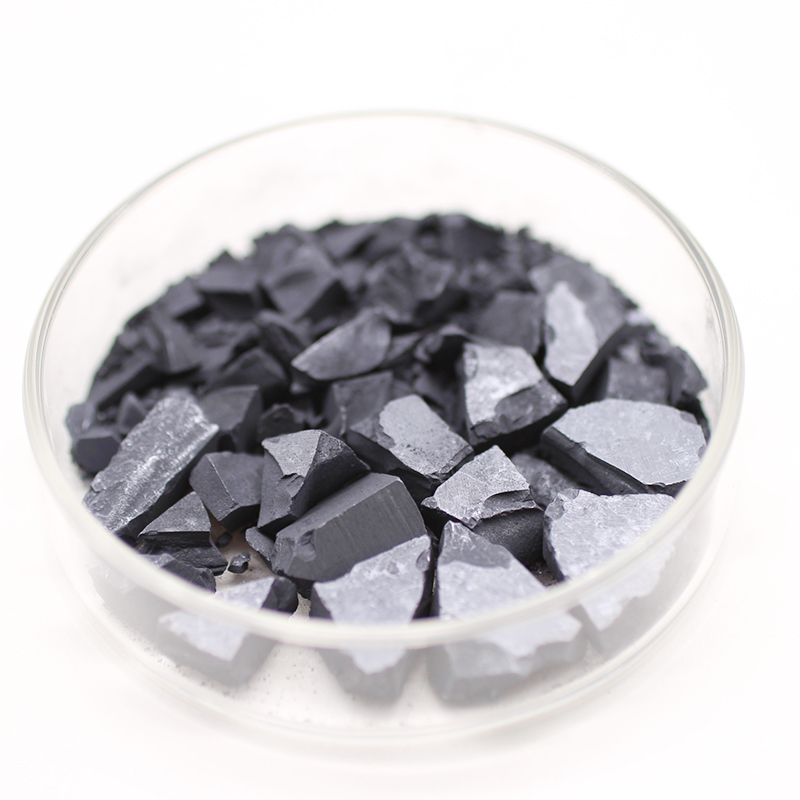
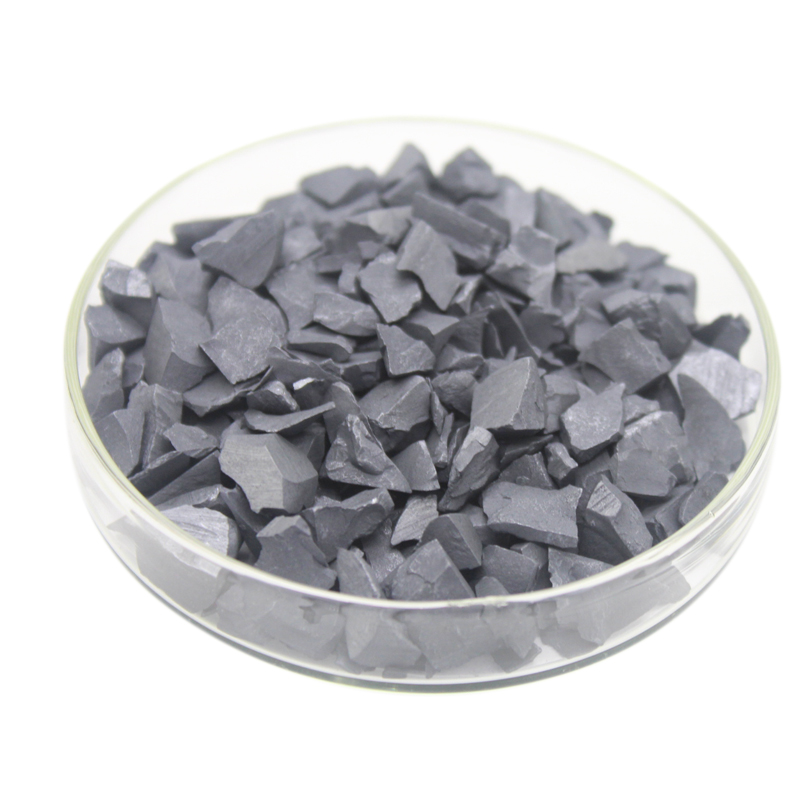
- Layered Structure: MoS₂ has a unique layered structure, allowing for exfoliation into single or few layers, making it ideal for 2D material applications.
- Semiconductor Properties: MoS₂ is a semiconductor with a direct bandgap (~1.8 eV for monolayers), making it suitable for nanoscale transistors and photodetectors.
- Low Friction Coefficient: Its excellent lubrication properties make MoS₂ ideal for coatings that require low friction and high durability, especially in vacuum or extreme conditions.
- Thermal Stability: MoS₂ remains stable at high temperatures, ensuring its effectiveness in harsh environments.
- Corrosion Resistance: MoS₂ provides a protective, corrosion-resistant layer in various applications, extending the life of coated components.
-

- Superior Lubrication: Known for its excellent lubrication properties, particularly in extreme temperature and pressure environments.
- High Wear Resistance: Provides exceptional wear protection and reduces friction in moving parts.
- Thermal Stability: Maintains stability at high temperatures, making it suitable for demanding industrial environments.
- Good Conductivity: Possesses moderate electrical conductivity, making it useful in electrical applications.
- Chemical Resistance: Highly resistant to oxidation and corrosion, making it durable in harsh chemical environments.
- Fine Powder Form: Available in various particle sizes, offering flexibility for different applications.
-
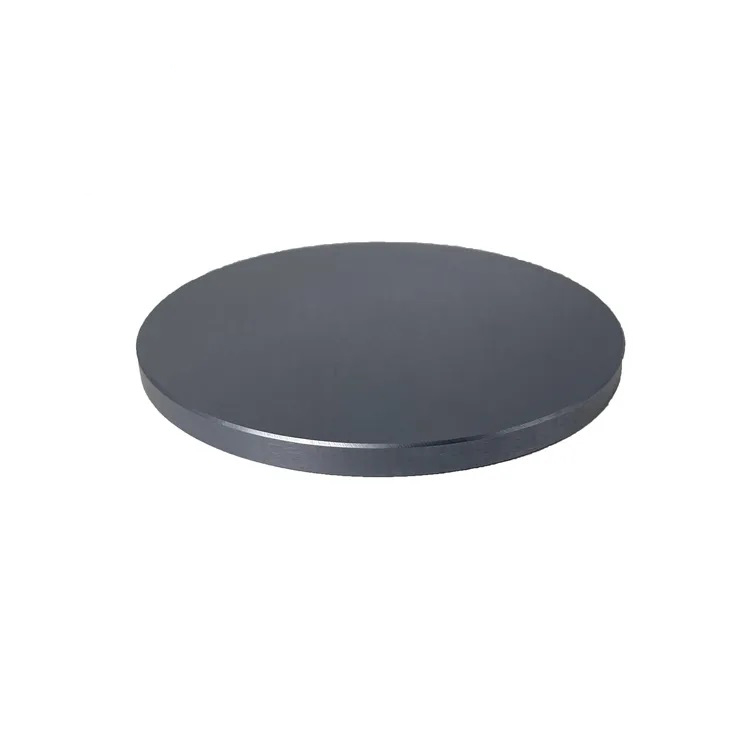

- Layered Structure: MoS2 has a unique layered structure that contributes to its mechanical, electrical, and tribological properties, making it an excellent candidate for advanced coatings and devices.
- Semiconducting Properties: MoS2 is a semiconductor with a direct bandgap in its monolayer form, offering high performance in electronic devices such as transistors and photodetectors.
- Low Friction Coefficient: As a solid lubricant, MoS2 provides a low friction coefficient, making it useful in harsh environments where liquid lubricants are impractical.
- High Thermal and Chemical Stability: MoS2 films exhibit excellent thermal and chemical stability, enabling their use in high-temperature environments and chemically aggressive conditions.
-
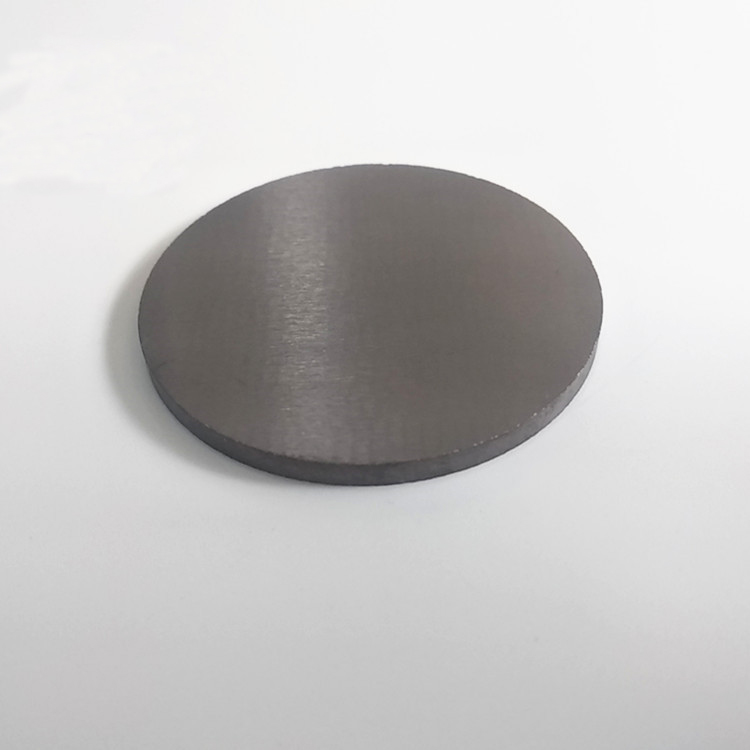
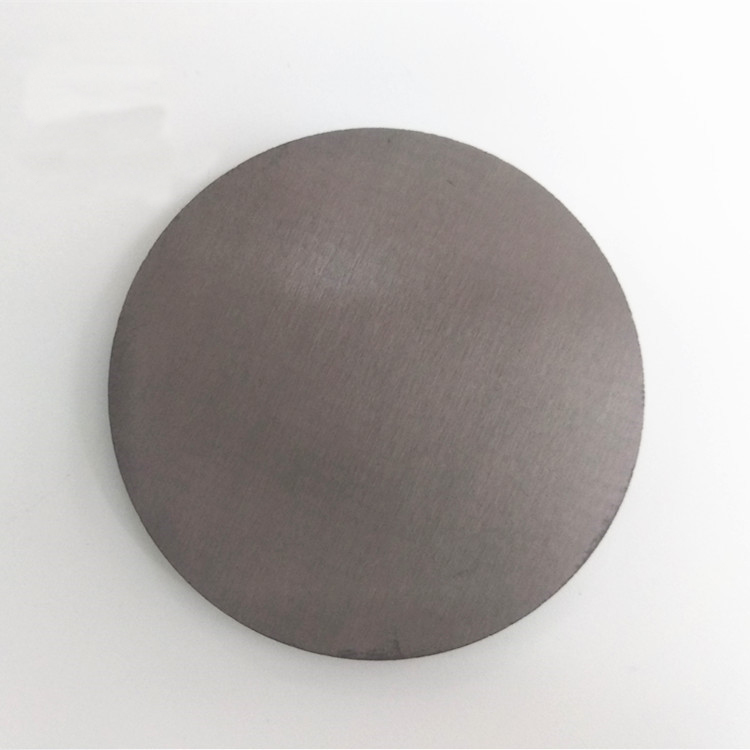
- High Purity: Ensures superior thin-film quality and device performance.
- Layered Structure: Facilitates easy exfoliation and 2D material synthesis.
- Stable Chemical Composition: Provides consistent results across various deposition processes.
- Excellent Optical and Electrical Properties: Ideal for advanced electronics and optoelectronics.
- Custom Configurations: Available in tailored sizes, shapes, and thicknesses for specific requirements.
-
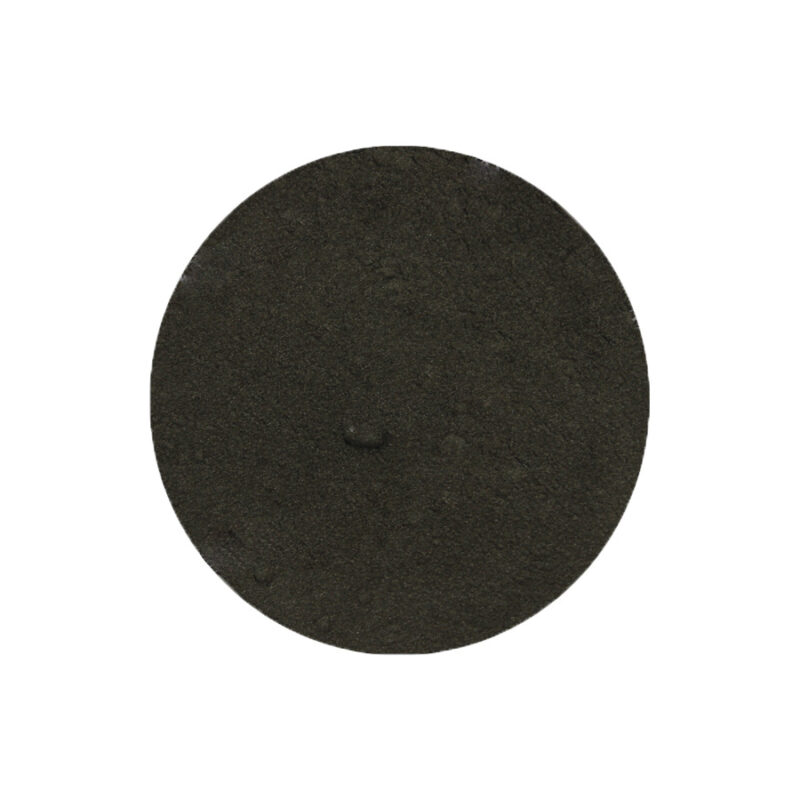
- High Melting Point: Excellent stability at temperatures up to 1900°C.
- Superior Oxidation Resistance: Forms a protective silica (SiO₂) layer at high temperatures.
- Good Electrical Conductivity: Suitable for heating element production.
- Corrosion Resistance: Performs well in oxidative and corrosive environments.
- Low Density: Lightweight yet durable for advanced material designs.
-
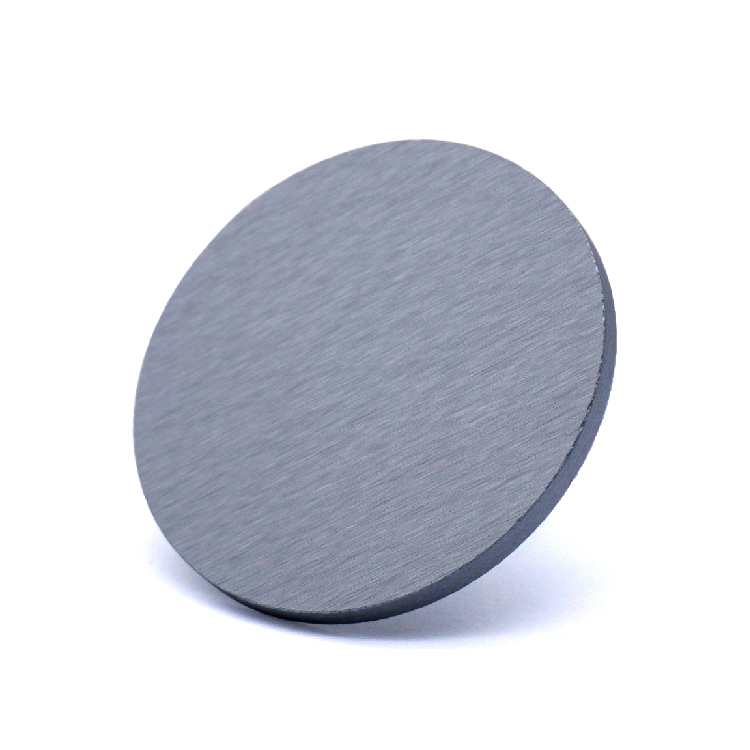
- Exceptional Thermal Stability: Operates efficiently in high-temperature environments.
- High Purity Levels: Ensures superior film quality with minimal defects.
- Oxidation Resistance: Suitable for protective coatings in harsh conditions.
- Electrical Conductivity: Ideal for use in electronic and semiconductor applications.
- Customizable Options: Targets tailored to specific industrial or research needs.
-

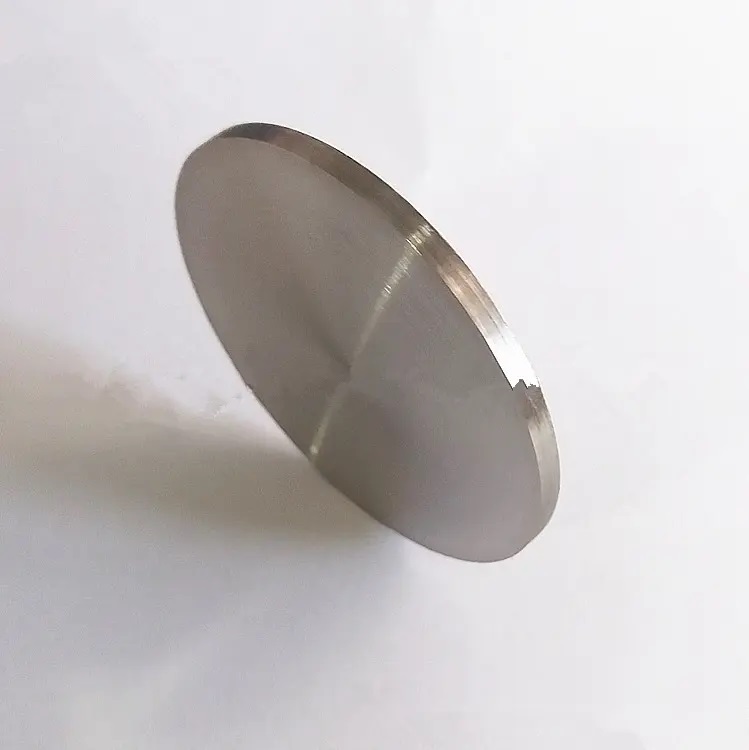
- High Mechanical Strength: The combination of molybdenum and tantalum results in an alloy with excellent tensile strength, making it ideal for demanding structural applications.
- Thermal Stability: MoTa alloys maintain their mechanical properties at elevated temperatures, making them suitable for high-temperature applications, such as coatings for turbine components.
- Oxidation and Corrosion Resistance: The alloy exhibits outstanding resistance to oxidation and corrosion, ensuring long-term performance in harsh environments.
- Customizable Composition: The molybdenum-to-tantalum ratio can be tailored to optimize the properties of the alloy for specific applications, enhancing strength, thermal stability, or corrosion resistance.
-
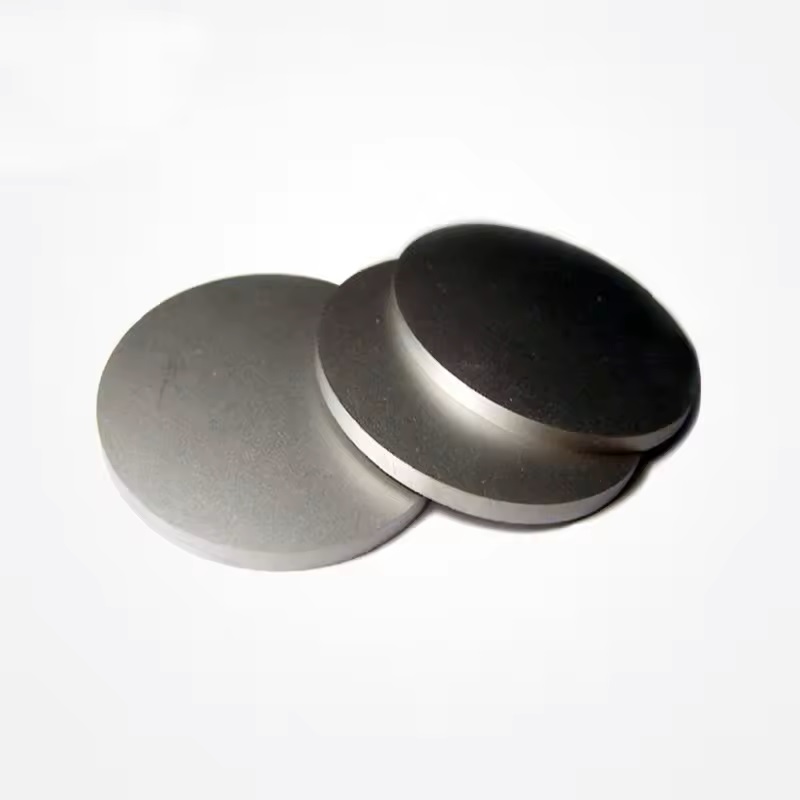
- Phase Tunability: MoTe₂ can transition between semiconducting and metallic phases, offering versatility in different electronic and optoelectronic applications.
- High Photoresponse: MoTe₂ thin films are highly responsive to light, especially in the infrared spectrum, making them ideal for photodetectors and imaging devices.
- 2D Material Properties: As a layered material, MoTe₂ offers exceptional flexibility and mechanical properties, enabling its use in cutting-edge flexible electronics.
- Thermoelectric Efficiency: MoTe₂ is suitable for thermoelectric applications due to its ability to efficiently convert heat into electricity.

















